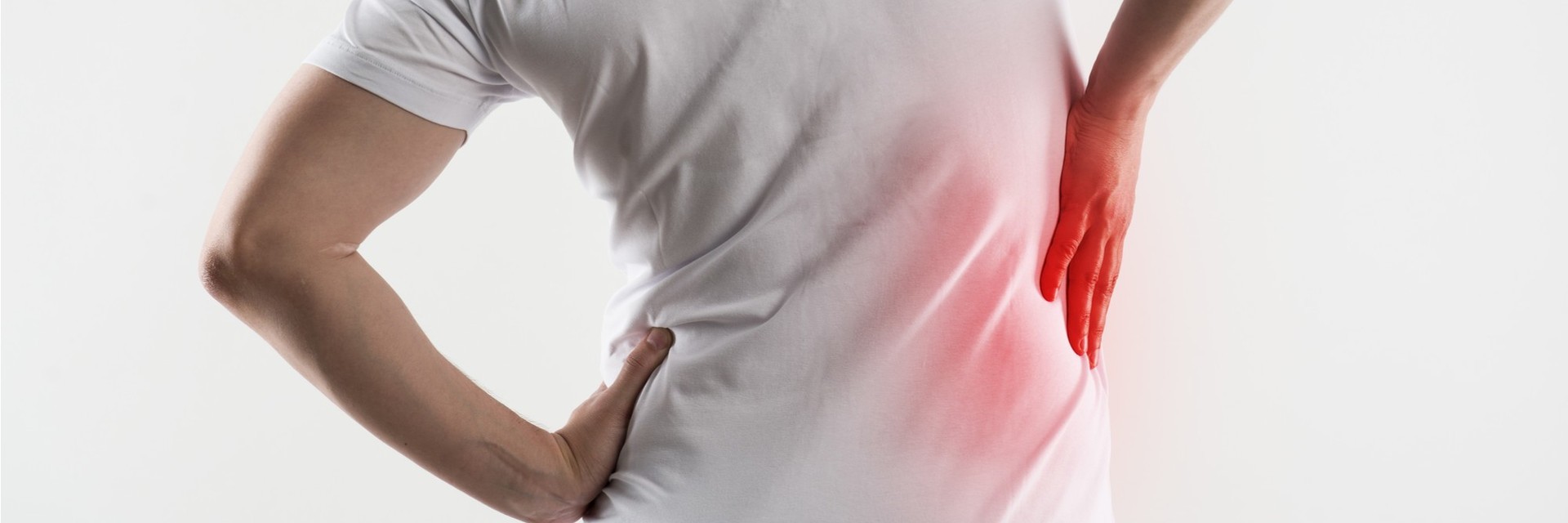How is the treatment done?
There are many causes of hip joint pain. Some hip pain is temporary, while another hip pain can be long-standing or chronic. Mostly women are affected by Hip pin. Few common causes of hip pain are Arthritis, Hip fracture, Tendinitis and bursitis, Hernia, Gynecological and back issues.
Treatment for hip pain depends on the diagnosis, but pain that's caused by overuse or sports injuries is often treated with heat, rest, and over-the-counter anti-inflammatory medication.
If certain activities or overuse are causing hip pain, stop those that aggravate the discomfort and talk to your doctor. Excess weight can put pressure on the hip joint, so, losing the pounds can provide relief and help you avoid further problems. Some causes of hip pain, such as fractures or hernias, may need surgical repairs. If your hip pain persists, talk to your doctor about the possible causes and treatments.
Who is eligible for the treatment? (When is the treatment done?)
The treatment of hip pain depends upon the diagnosis and any underlying illness that may be present. The options include lifestyle changes, medication, or surgery.
Medication:
Over-the-counter and prescription medications that reduce stomach acid can relieve your discomfort and improve symptoms. These include antacids, H-2 receptor blockers, and proton pump inhibitors.
Surgery:
General medicine physicians, including general practitioners, family medicine doctors, and internists, as well as orthopedic surgeons, rheumatologists, and sports medicine specialists treat hip pain. Often physical therapists and rehabilitation physicians are involved in the care of hip pain.
If the pain grows, your doctor may decide it’s best to operate. Open surgery requires a longer recovery process. You may be unable to move around normally for up to six weeks. Laparoscopic surgery has a much shorter recovery time.
Who is not eligible for the treatment?
Open surgery is open to all, irrespective of age and sex.
Are there any side effects?
Laparoscopic surgery is not suitable for young girls as it may cause damage to bone marrow. Diabetic patients should take proper care before surgery
What are the post-treatment guidelines?
There are no side effects, but the person is bed ridden for few months, may extend to 5 months.
How long does it take to recover?
Preventing pain is possible by attaining and maintaining proper alignment, maintaining a healthy body weight and eating a diet rich in anti-inflammatory foods. Maintaining a healthy body weight can help reduce the risk of injury and painful movement patterns.
An anti-inflammatory diet is rich in fruits and vegetables, with specific nutrients that help the body’s circulatory system work optimally. While misalignment causes the body to have bone-upon-bone-causing pain, the circulatory system allows the white blood cells to rush in and help push the bones apart by leaving more fluid between the joints.
What are the alternatives to the treatment?
You have to take proper care and medications until you are fit. Exercise should be routine.



